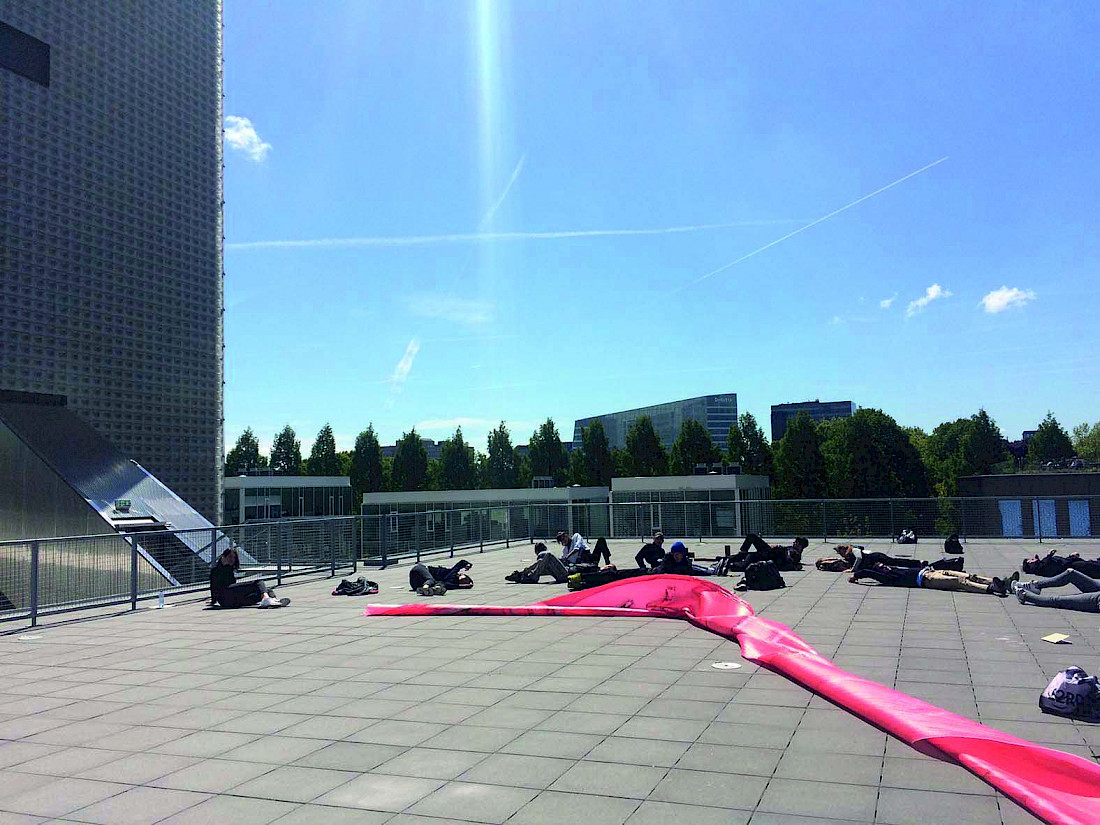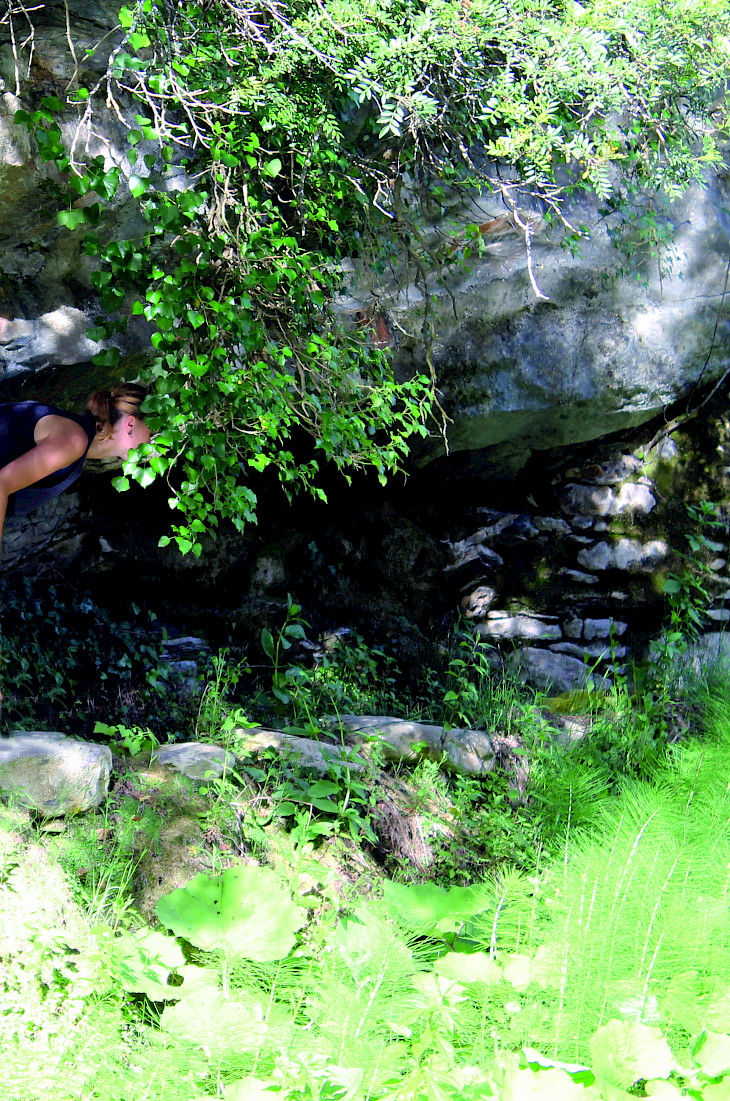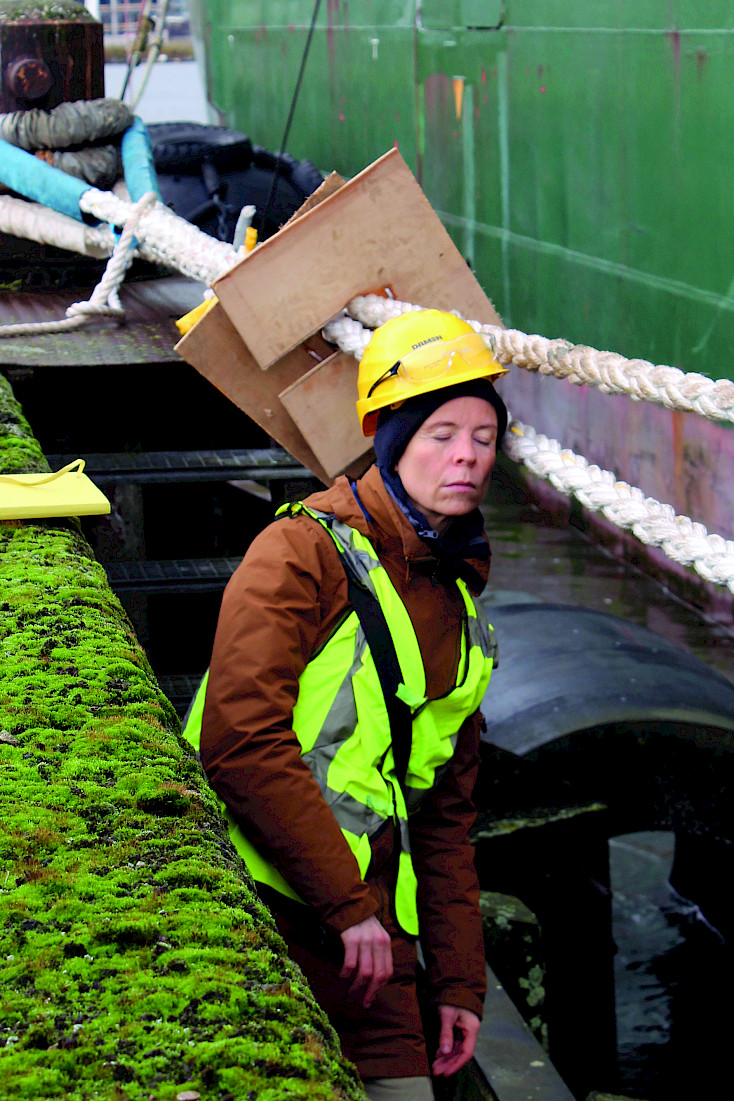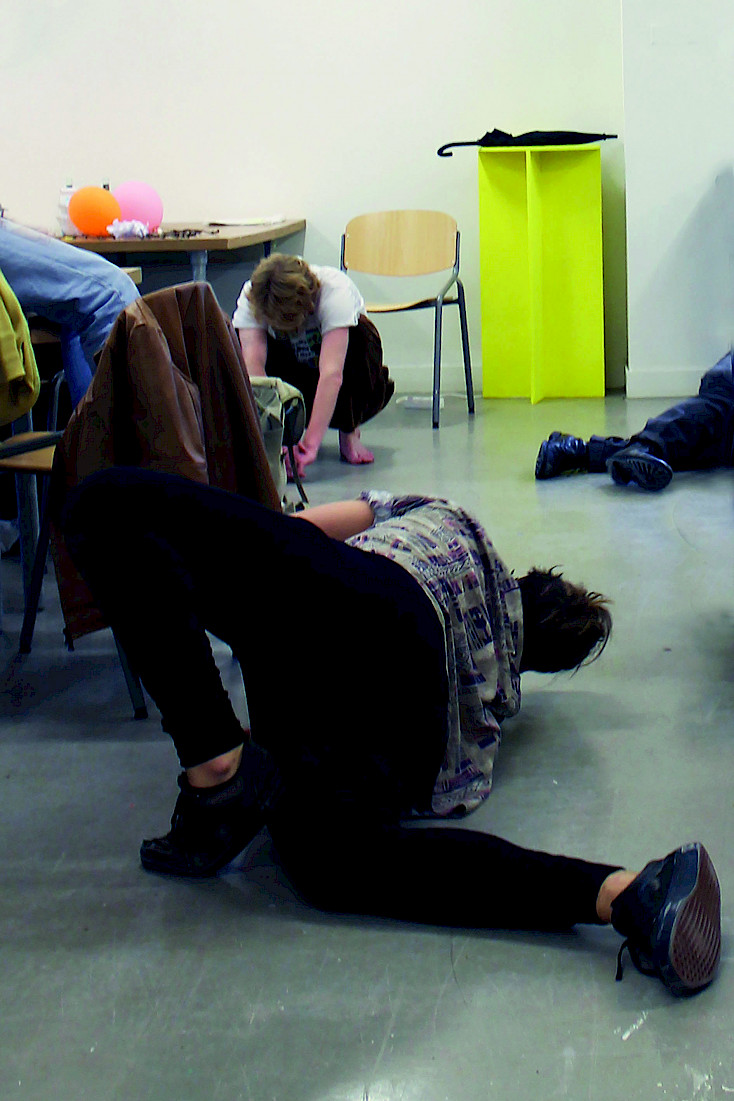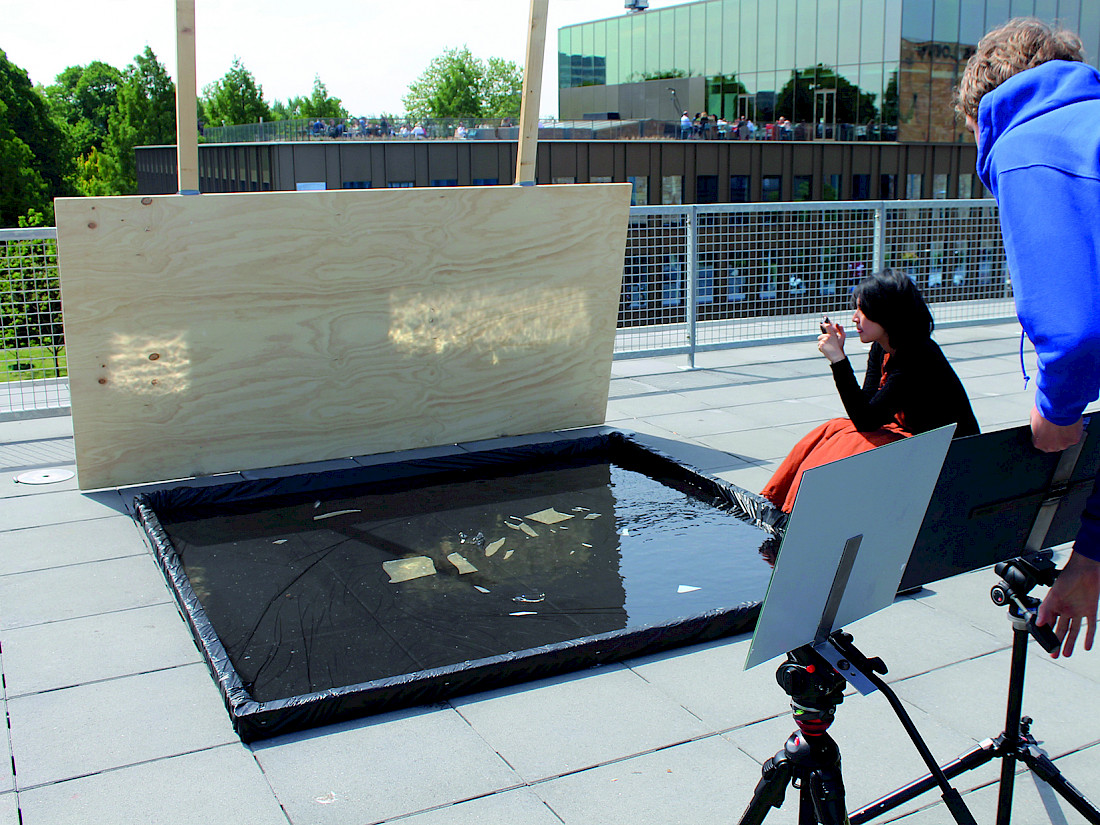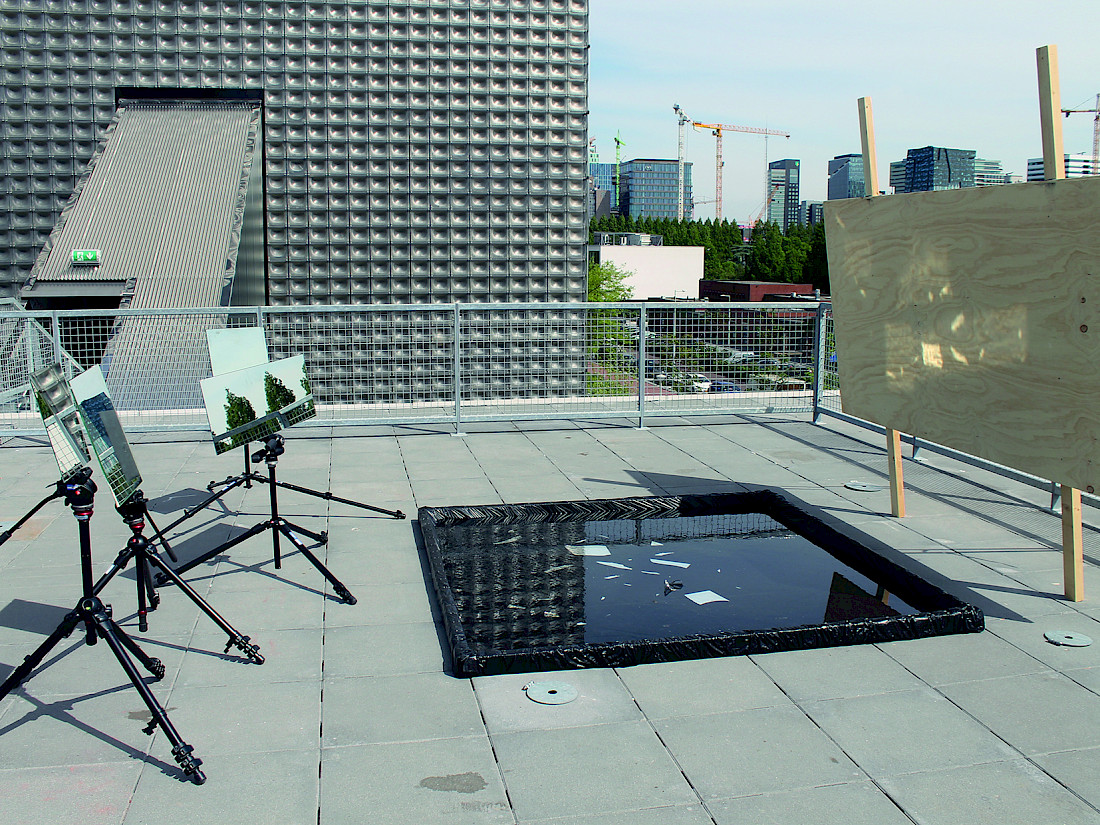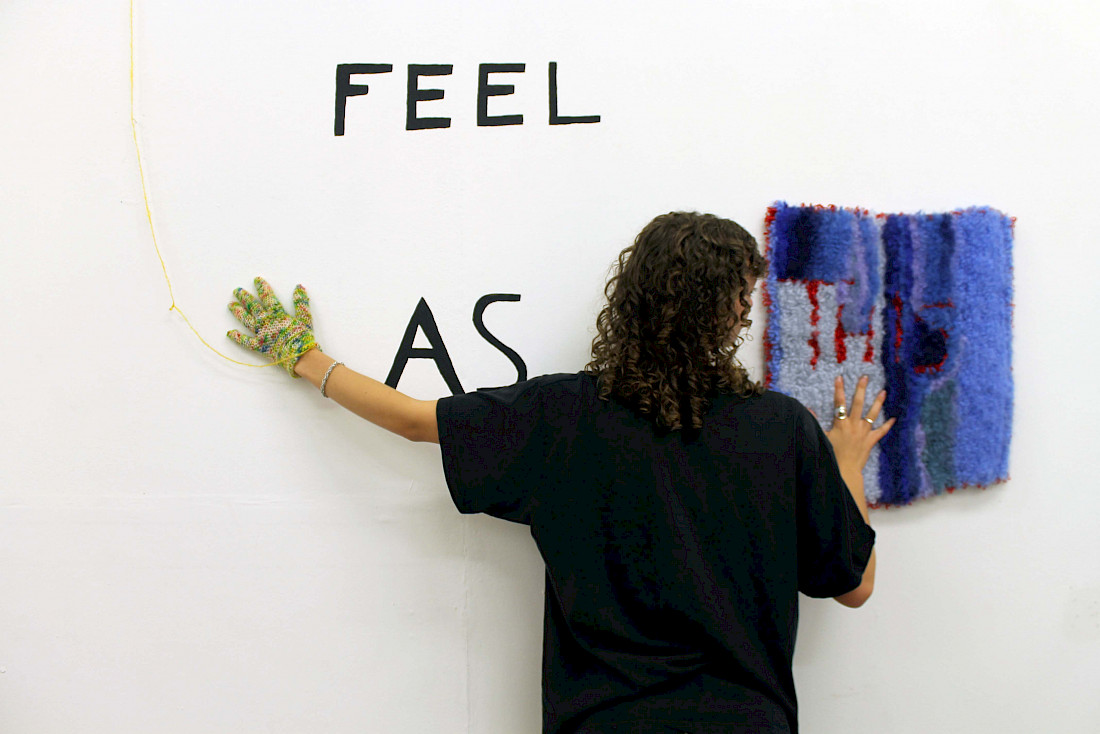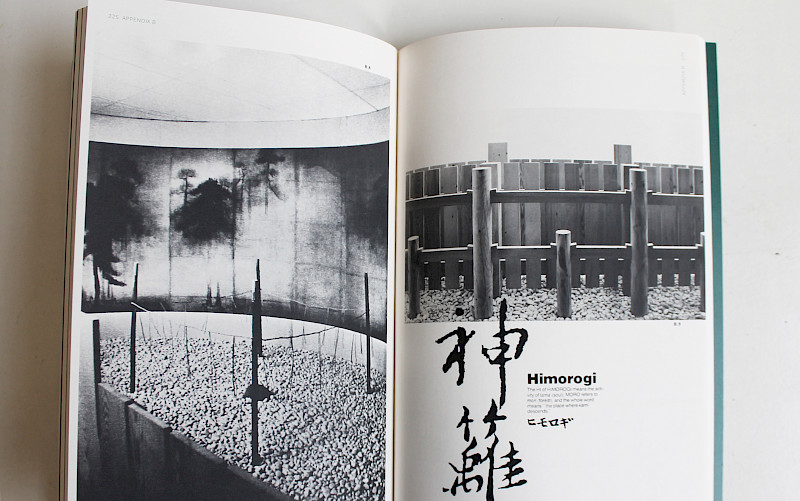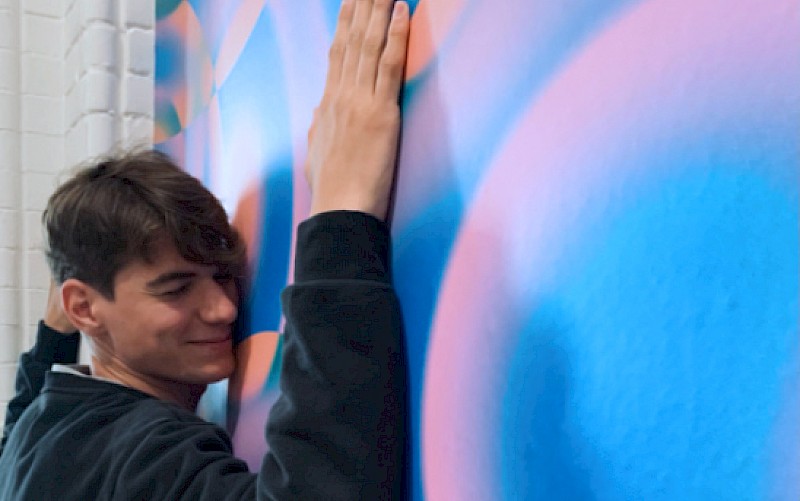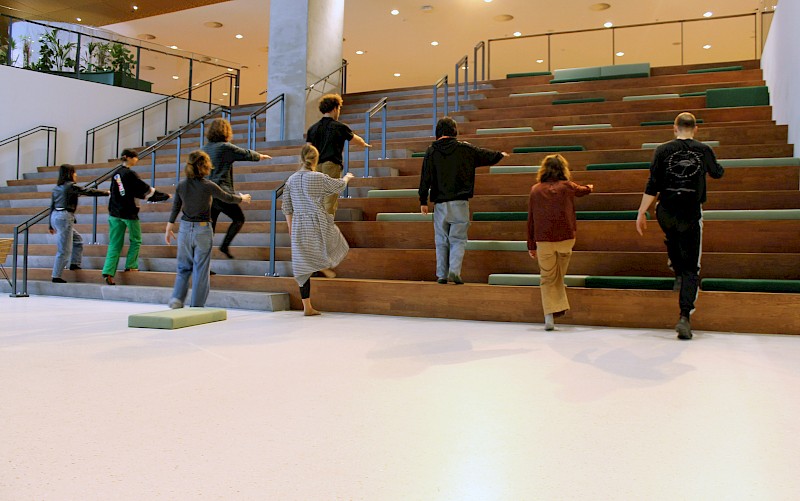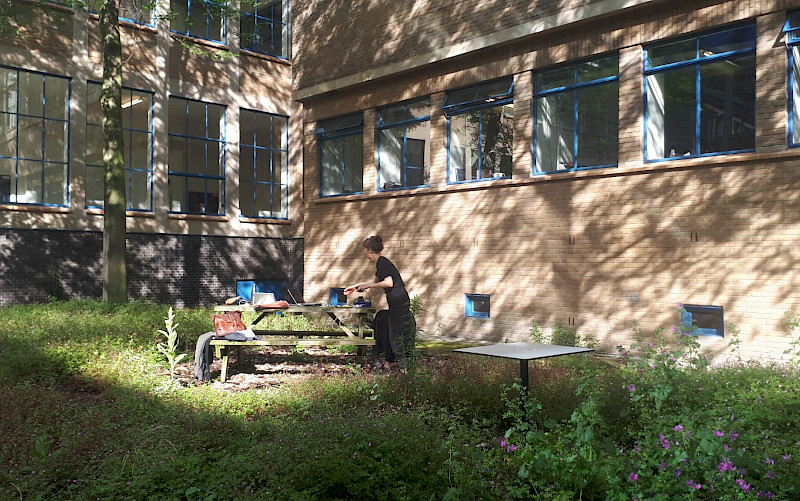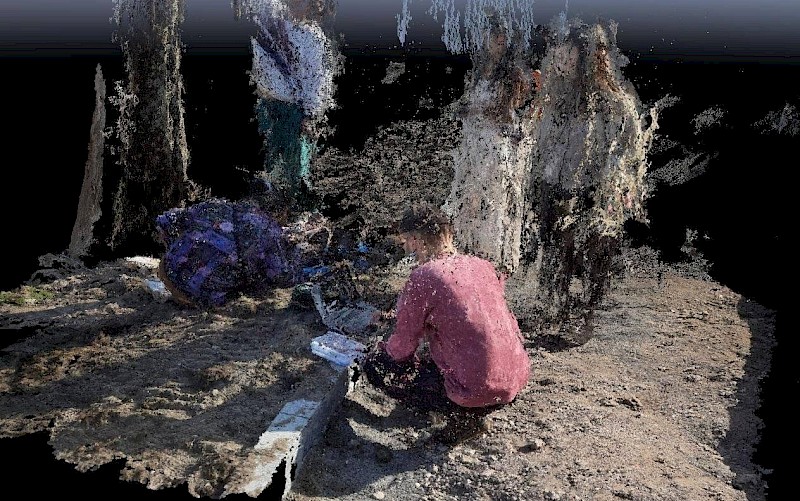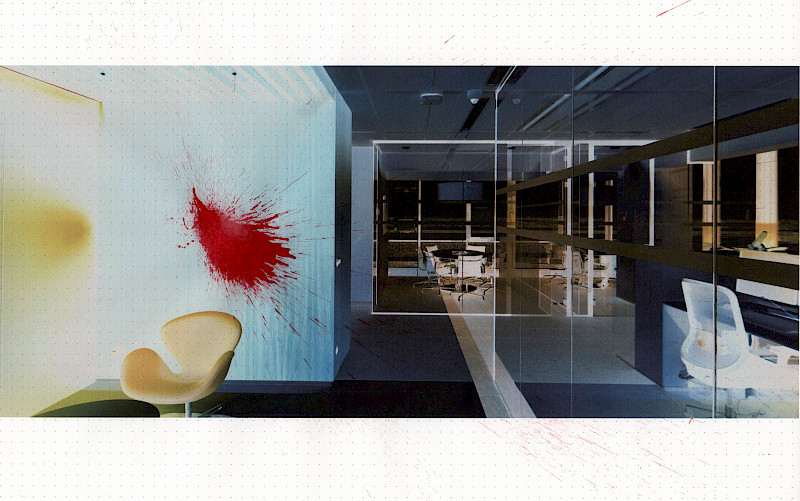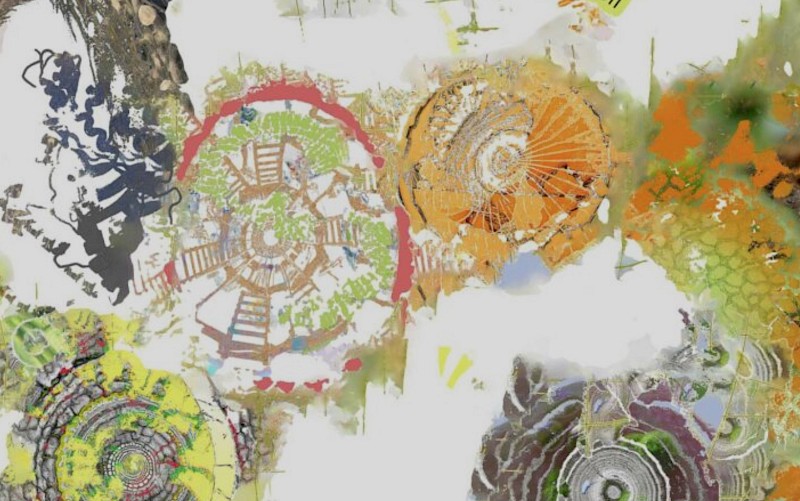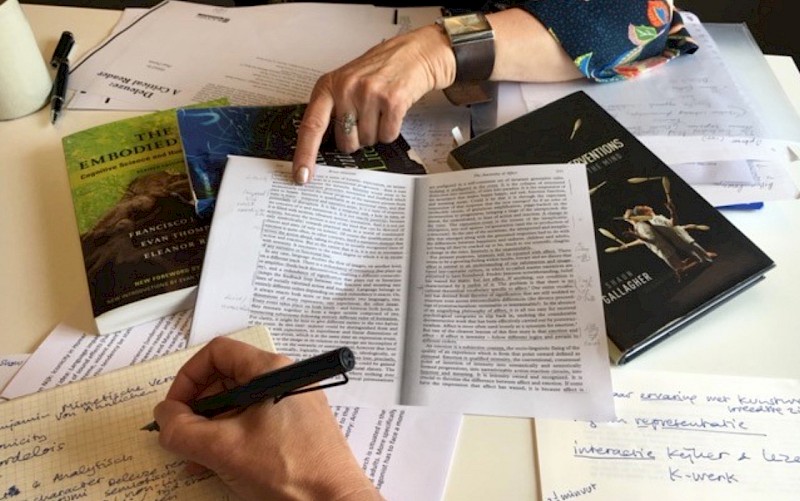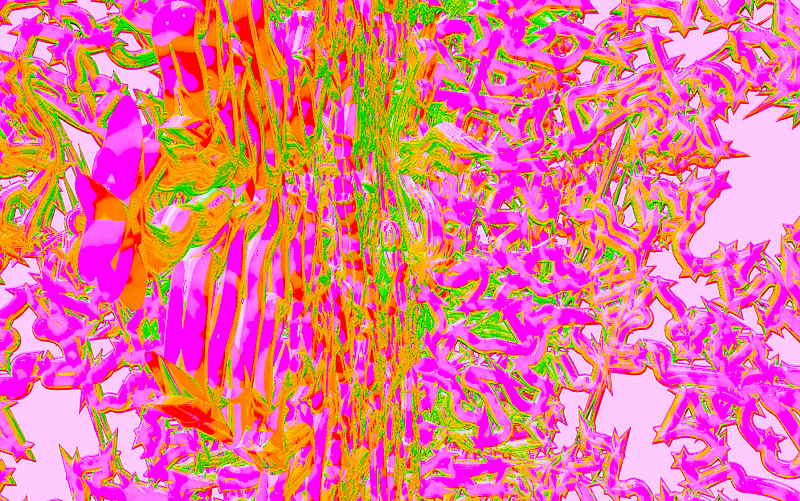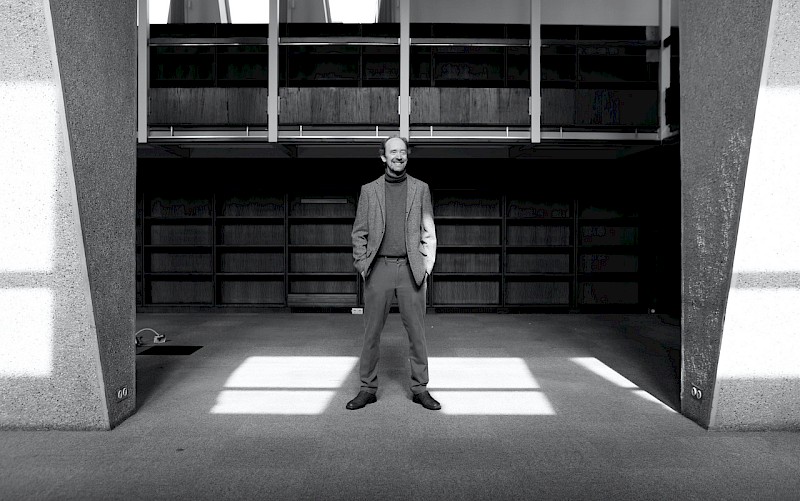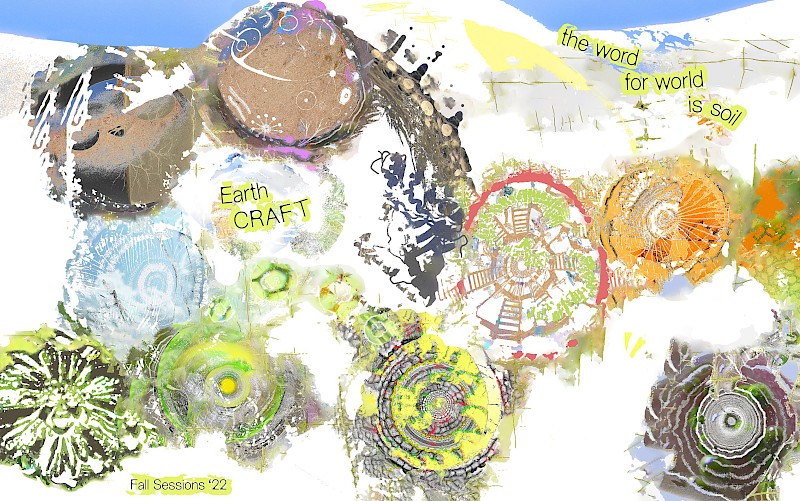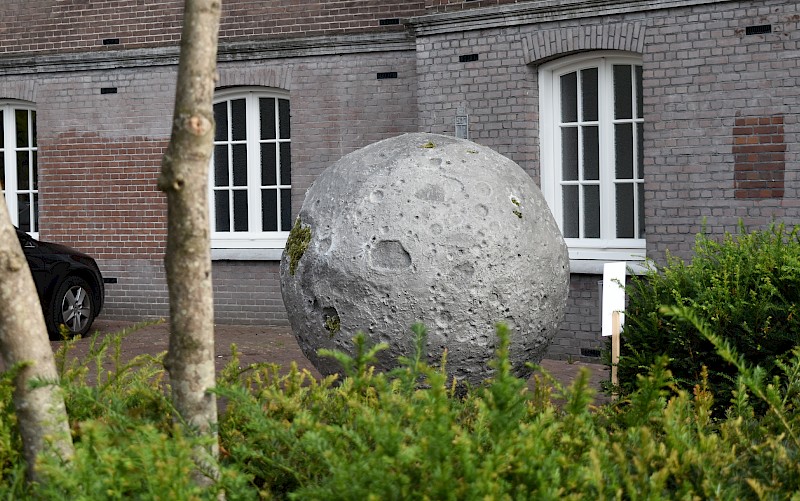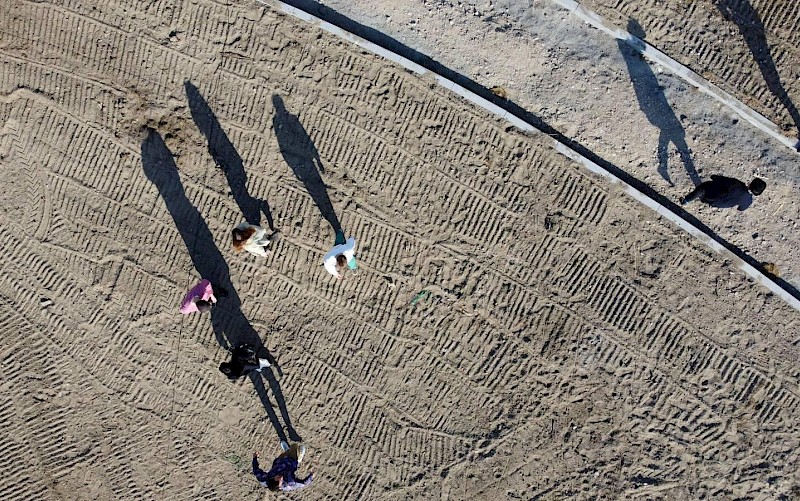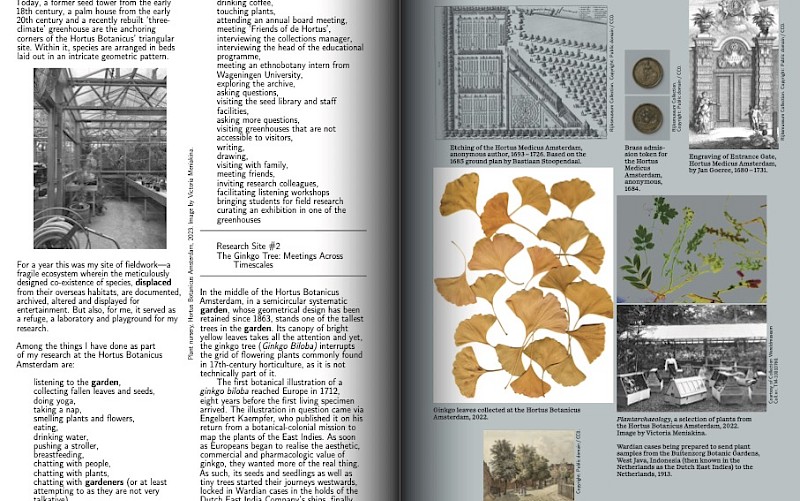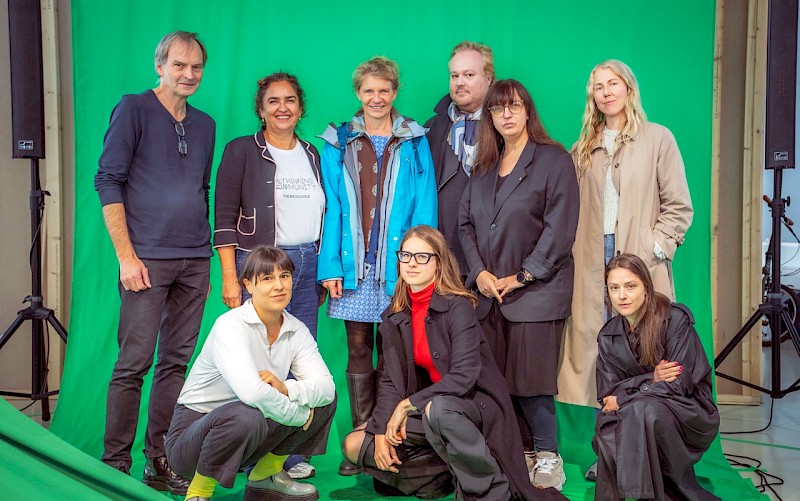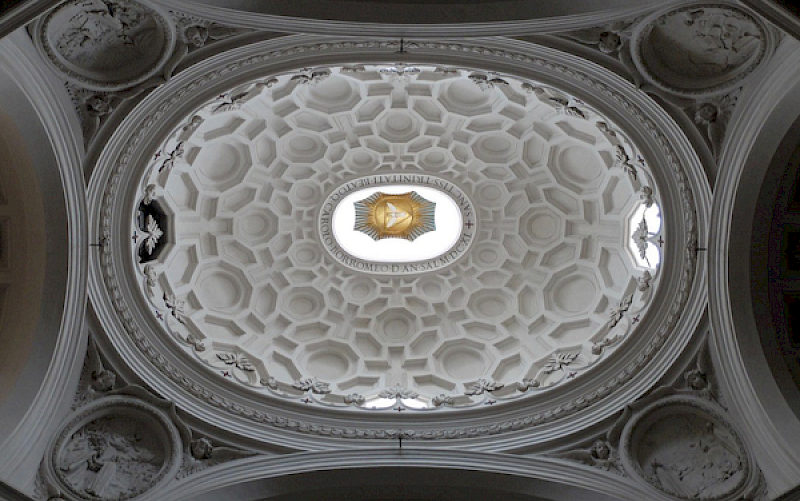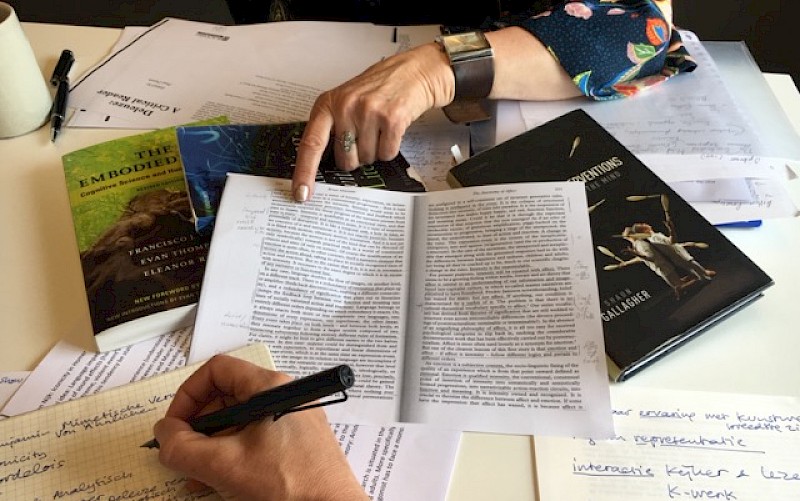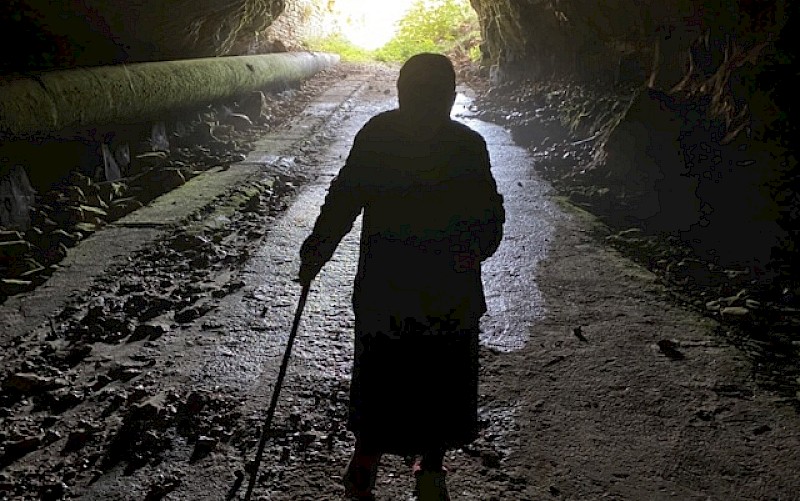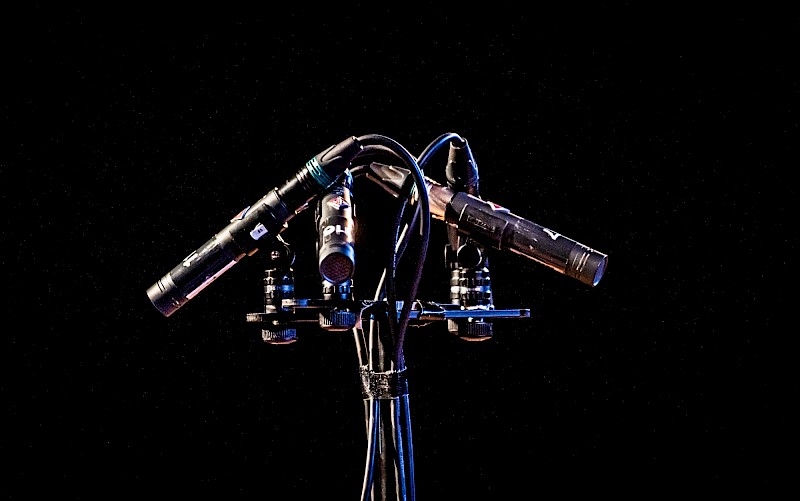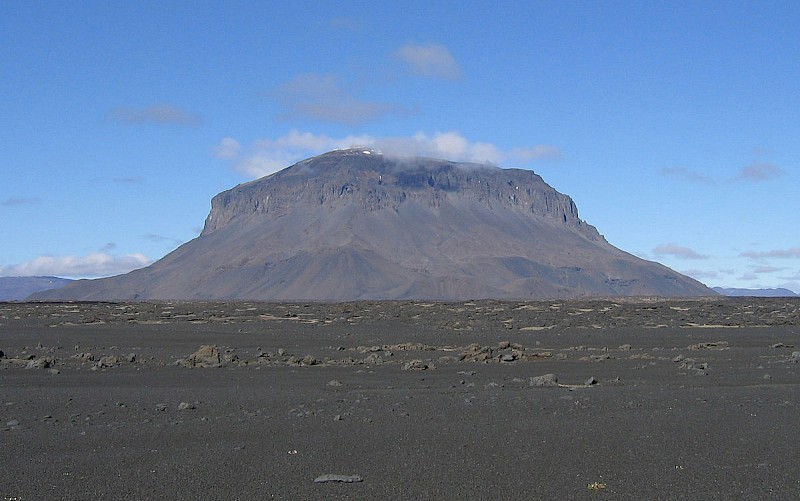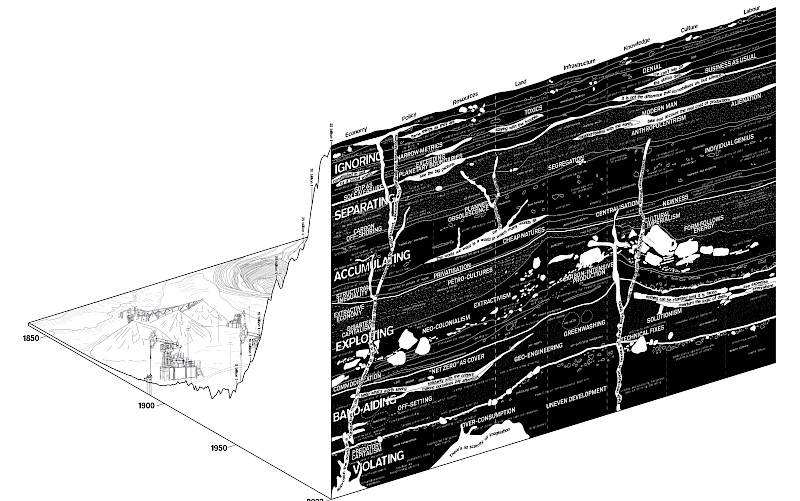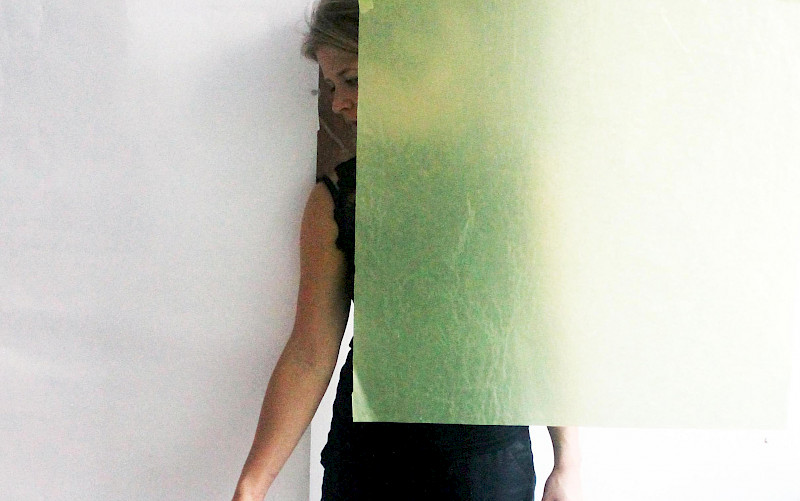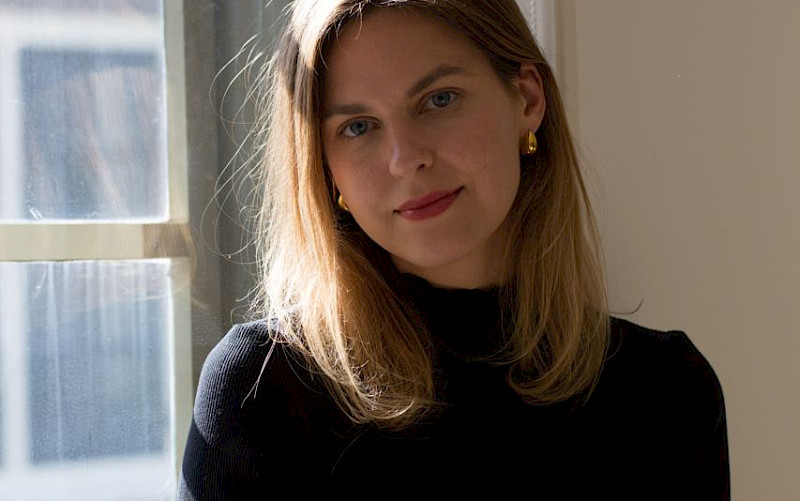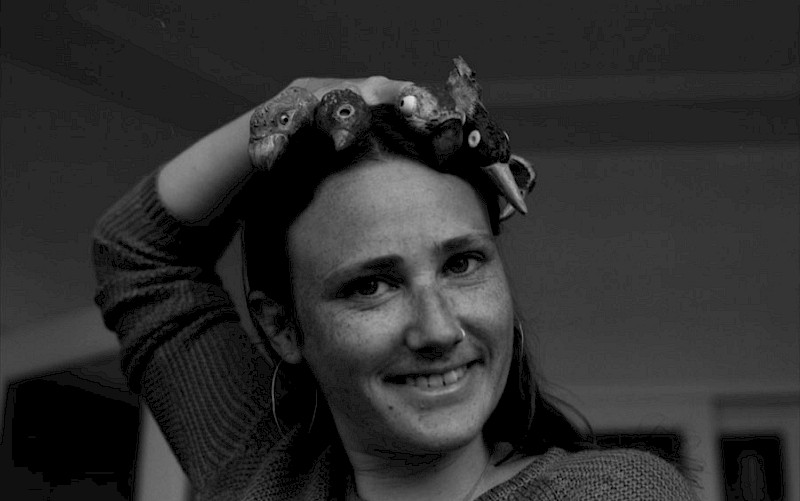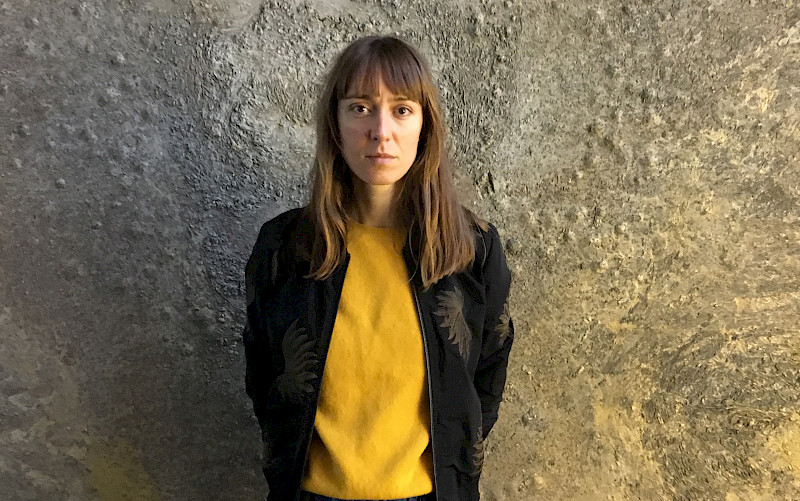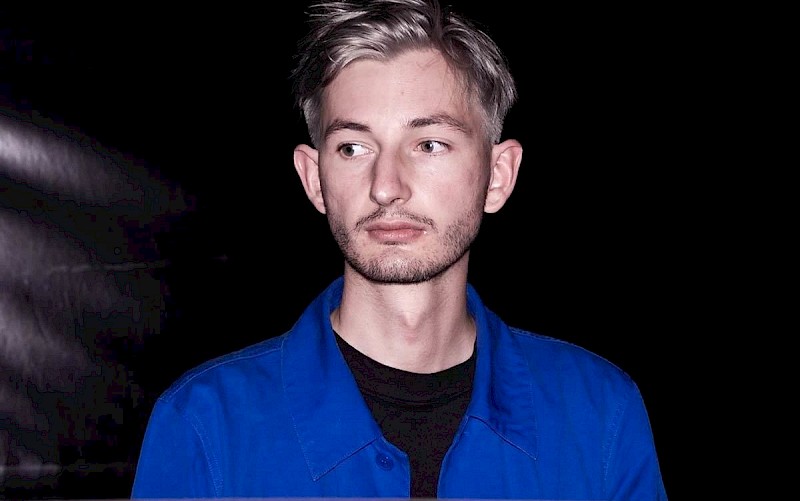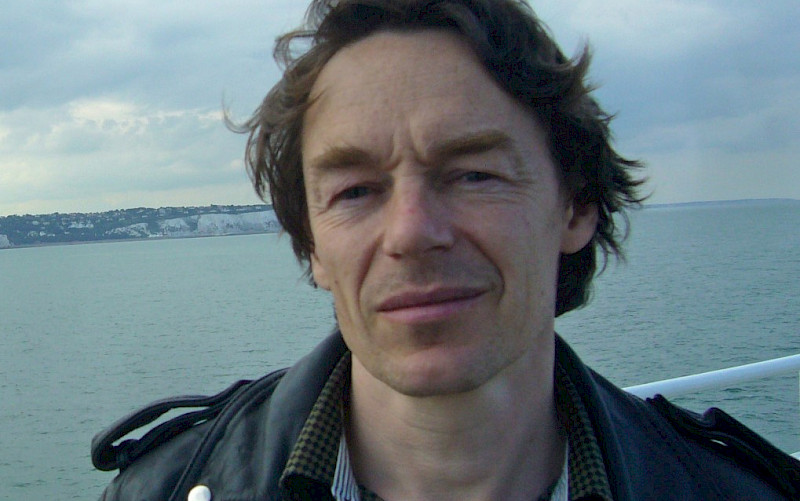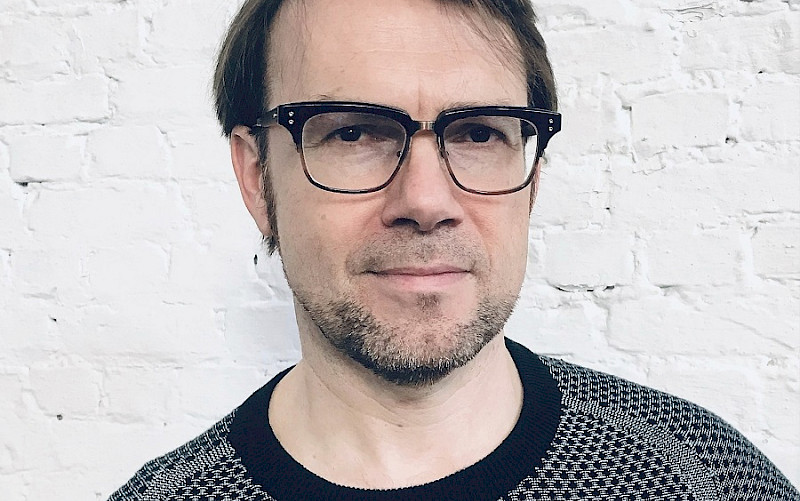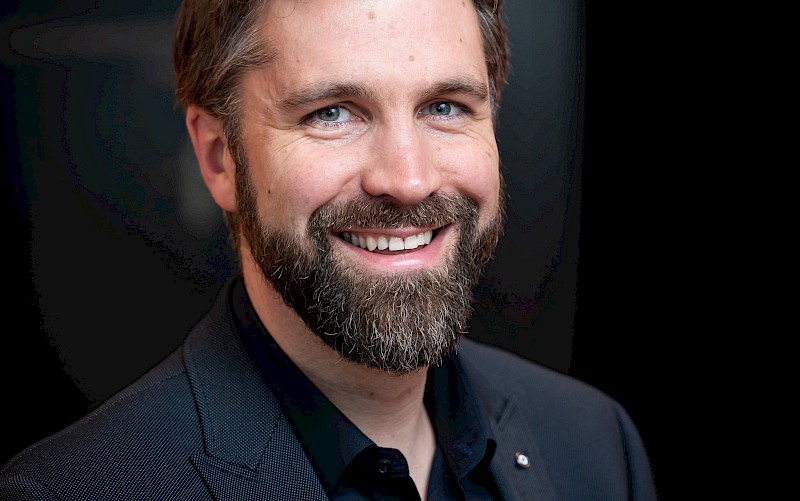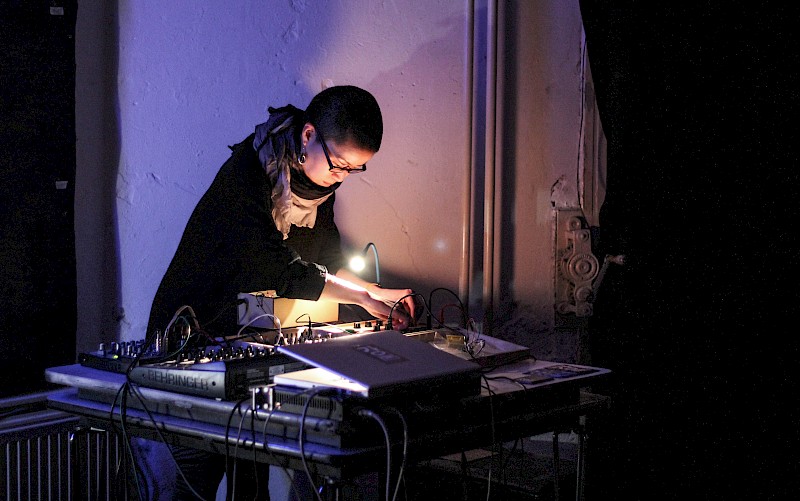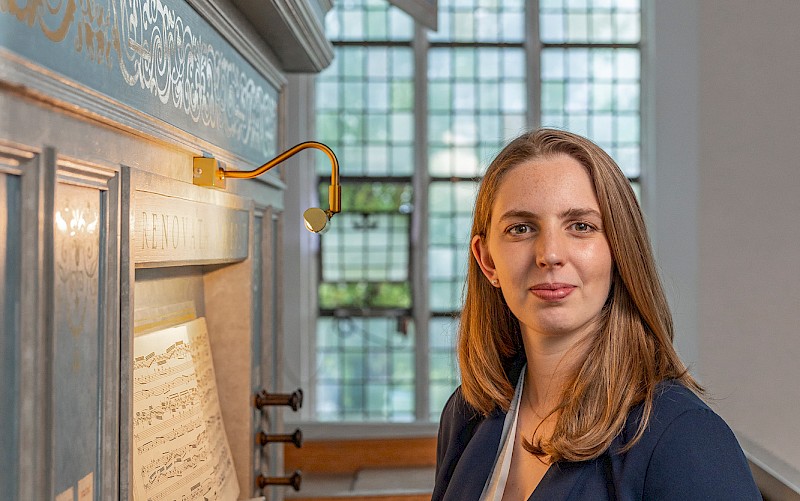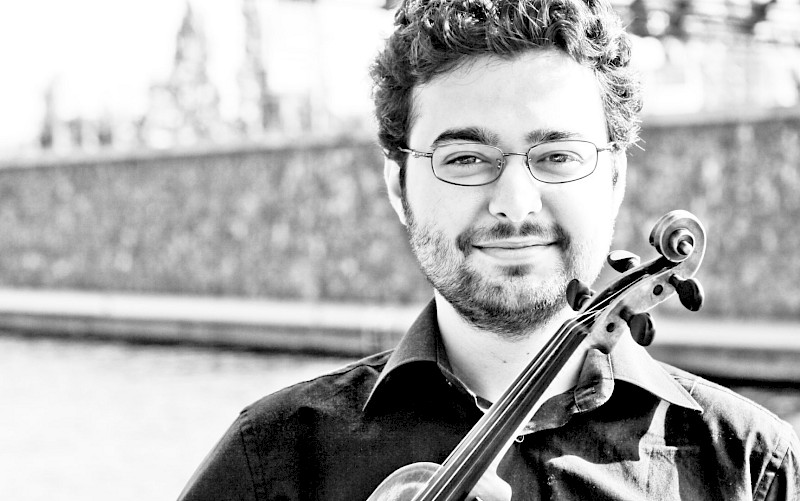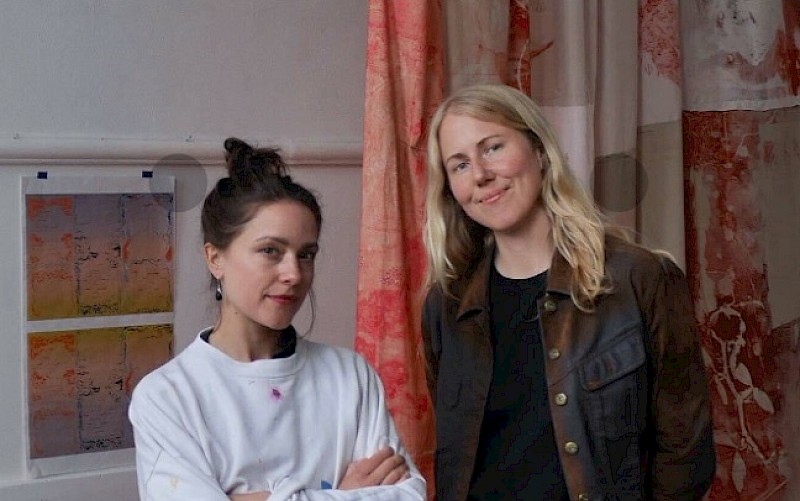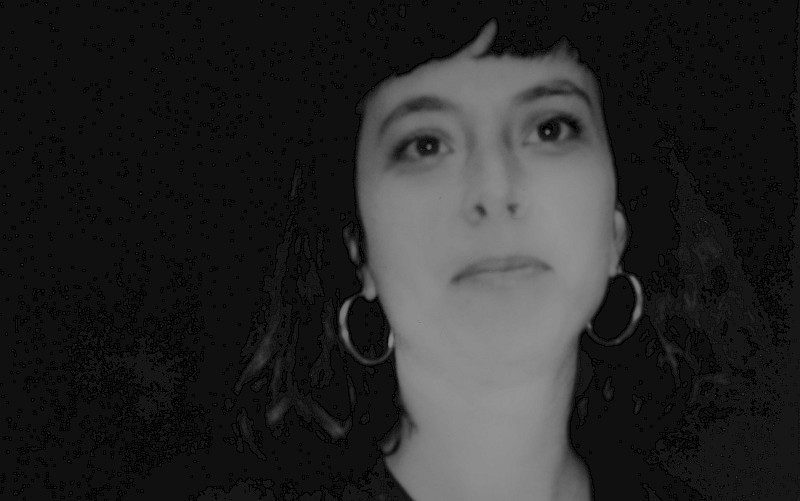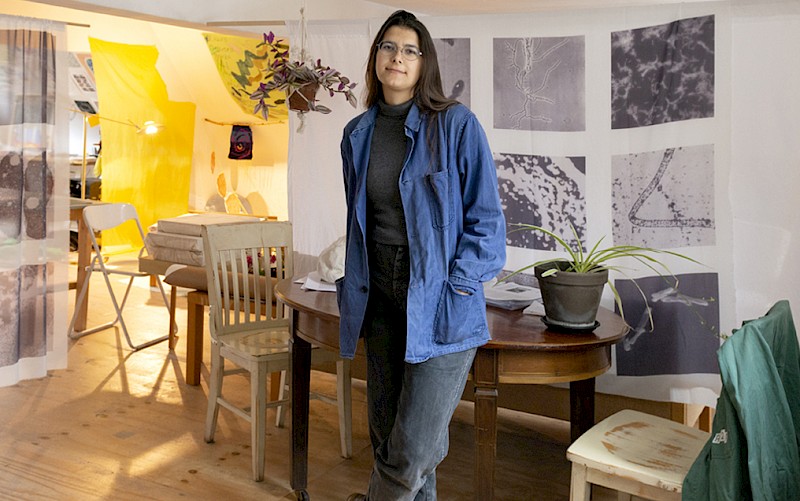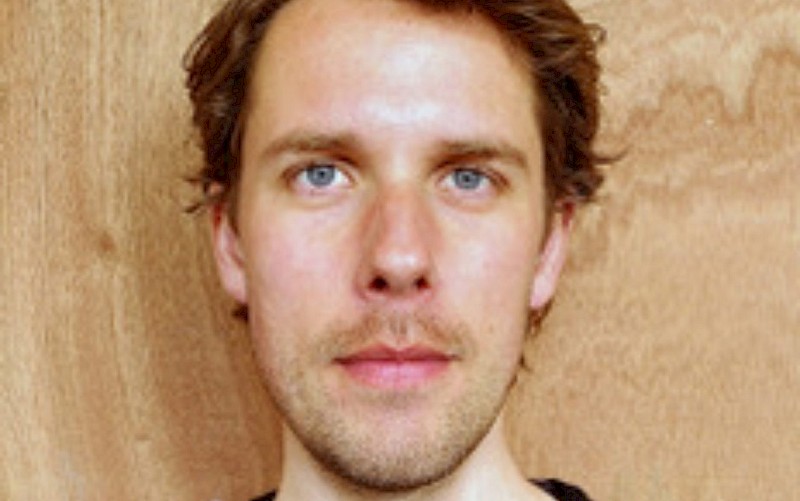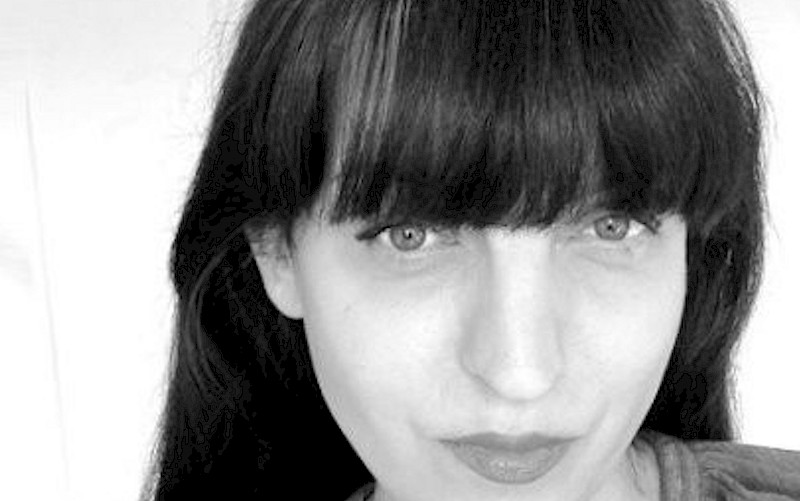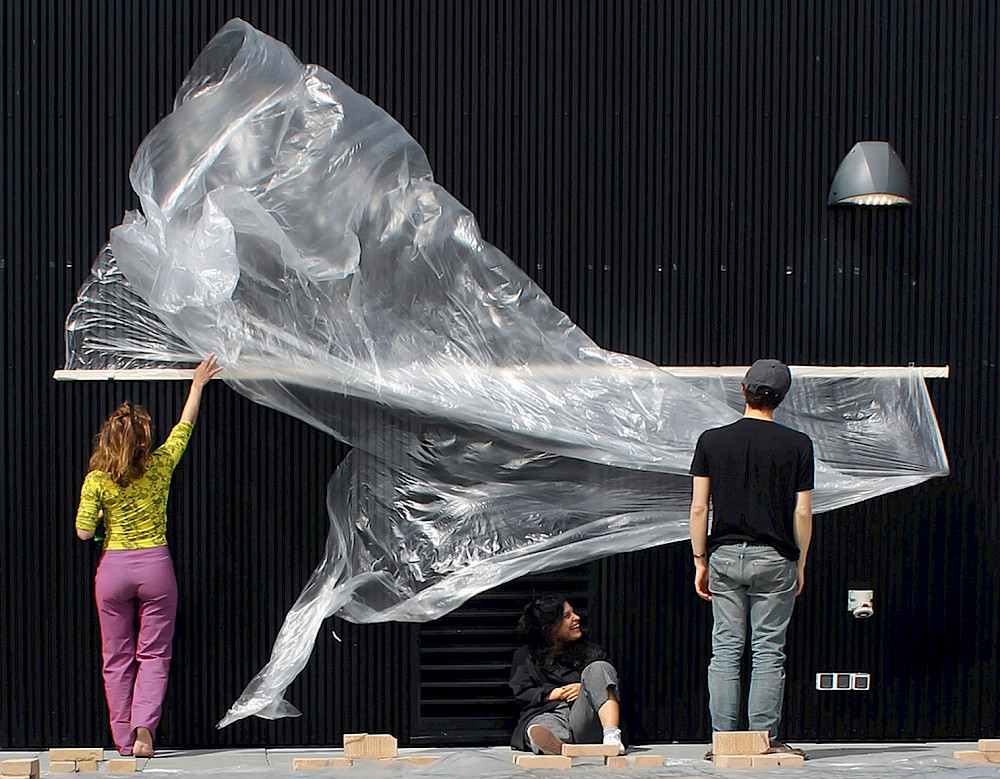
Spacious
Spacious is a cross-academic initiative with a focus on creative practice research at the intersection between architecture, performance and philosophy. This initiative is the result of a long-term pedagogical research project, set-up by Renske Maria van Dam. In this project sited experimentation by means of 1:1 spatial and performative interventions, is explored as an pedagogical approach for including first-person experience in the architectural design process. It has resutled in the initiation of
‘To the scientific third-person perspective of <objective reality> that now prevails, we can add a first-person ecology’
Weber, A . ( 2013). Enlivenment: Towards a fundamental shift in the concepts of nature, culture and politics. Ecology, 31, (33). Berlin, Germany: Heinrich Böll Foundation.
In recent past, we have come to understand that ‘we can no longer view the built environment through the Cartesian lens of a mind interpreting meanings found in objects or buildings’.[1] In The Embodied Mind Chilean biologist and neuroscientist Francisco Varela, American philosopher Evan Thompson, and American psychologist Eleanor Rosch redefine the Cartesian mind-body split pervading major cognitive theories by arguing for the ‘circulation between cognitive science and human experience’.[2] This ‘call for epistemic change’ sparked a new field of research known as the enactive-embodied, embedded-extended and affective (4EA) approach to cognition.[3] In architecture this relates to the experiential and multi-sensory turn that foregrounds organism-environment reciprocity and the moving body as central concerns of design. Following the implications of the 4EA approach to cognition, to further study the spatiotemporal experience what is required is the creation of a practice that offers the opportunity to examine (and ideally experiment upon) organism-environment reciprocity within an embodied, cultural context as it happens in the immediacy of the lived, moment to moment, experience.[4]
In contrast, contemporary architecture is generally practiced and taught ‘at a distance’. The inflexible categories of architect, artist, scholar and student, as well as the goal oriented work ethos that takes place in a sealed-off design office or faculty building, distance us from the ‘real work in the real life'. In support of epistemic change, SPACIOUS abandons this de-natured white lab coat approach to environmental research and design. Instead, each new project is organized around a sited experiment which is characterized by a hands-on immersion in, and experimentation with the world. By means of a slow movement practice focused on tiny perceptions, and a playful process focused on procedural intervention, we move in and are moved by the same situation. Through sited experimentation, we study the realm of subtle realities that emerges from the reciprocity between organism and (built) environment. Together we explore experiential and reflective tools to study and (re-)construct architecture in the here and now. This allows one to move beyond stereotypical knowledge and preconceived ideas as it opens-up worlds of more-than-human experience. In that sense, sited experimentation becomes a tool for discovery and growth, for development and emancipation in the architectural studio.
From a shipyard, to the beach to the rooftop of the academy building, in the past years we have visited extraordinary places to study the sensorial diversity of the landscapes and built environments. In times of COVID19, we took our own homes as laboratory for daily research. In the context of the TEACHING TOOLS RESEARCH GROUP of the Lectorate Design at the Royal Academy of Arts, Renske Maria van Dam is currently preparing a research lecture that collects and reflects on this pedagogical practice to formulate a toolbox for sited experimentation. Stay tuned for the forthcoming results.
[1] Mallgrave, H. (2018). From object to experience: The new culture of architectural design. London, England: Bloomsbury, p: 2.
[2] (Varela, F. J., Thompson, E., & Rosch, E. (1991). The embodied mind: Cognitive science and human experience. Cambridge, MA: MIT Press, p: viii.
[3] Ward, D., & Stapleton, M. (2012). Es are good: Cognition as enacted, embodied, embedded, affective and extended. In F. Paglieri (Eds.), Consciousness in interaction: The role of the natural and social context in shaping consciousness (89-106). doi:10.1075/aicr.86.06war
[4] Hughes, R.W. (2011). Do it yourself future construction: The deregulated self. (Doctoral dissertation). Retrieved from https://researchrepository.rmit.edu.au/discovery/delivery?vid=61RMIT_INS T:ResearchRepository&repId=12248317460001341#13248353480001341, p: 110.
